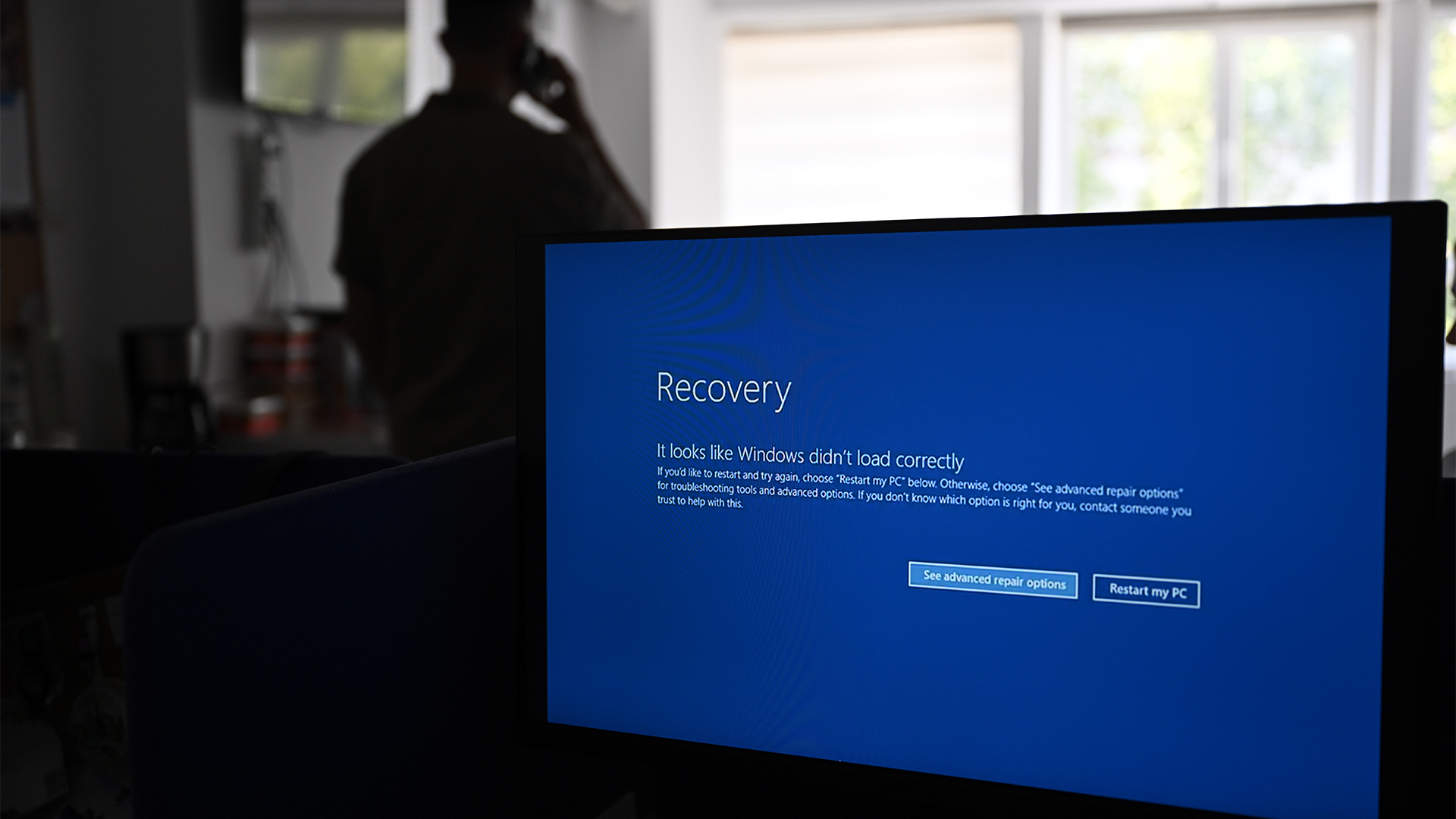Essex County Council embraces agile in a push for modern services
Local authority admits that slow internal processes had been accepted as the norm


Agile methodologies have become a popular approach to building and running digital services for most organisations looking to undergo a digital transformation.
Even for the UK government this is now a mandatory process for improving digital services. In 2007 it was compelled to change from DirectGov to Government Digital Services (GDS) after a damning report from UK Digital Champion Martha Lane Fox.
Her report called for a "revolution" in the way Directgov dealt with the public online, adding that the government "should take advantage of the more open, agile and cheaper digital technologies to deliver simpler and more effective digital services to users."
Since the report was published, the government has embraced agile methodologies by creating a digital service team who have since set about modernising online services throughout central and local government.
Essex County Council was one of those authorities keen to revamp its online services, having found their old website ill-suited to the demands of a increasingly connected public. Through the use of agile methodologies, the council set about creating a new blogging platform in just two weeks, a tool the council could use to communicate information more effectively.
The council turned to public sector digital specialists Dxw for help on the project - a company that has previously worked alongside the Cabinet Office on its new assurance tool for approving government spending, and the Small Business Commissioner service, a online advice platform provided by the Department for Business, Energy and Industrial Strategy.
Agile working
The first post on the new blogging platform, written by ECC's service delivery team manager Nicholas Ward, paid tribute to the new method of service delivery.
Get the ITPro daily newsletter
Sign up today and you will receive a free copy of our Future Focus 2025 report - the leading guidance on AI, cybersecurity and other IT challenges as per 700+ senior executives
"It was exhilarating making something so tangible in just two weeks. That said, trying to keep pace with a truly digital organisation like Dxw really highlighted how slow some of our internal processes and systems are and how we tend to accept this as the norm," he wrote.
Two-thirds of CEOs have digital transformation at the centre of their corporate strategies, but many IT organisations struggle with managing the complexities involved. Learn what to do about it in this whitepaper.
An agile project is where research, planning, design, development and testing all happen in parallel. Feedback from users comes regularly, so a thick skin and an adaptable mindset are required. It allows for continuous improvements to be made throughout the process with the new system only going live when it has demonstrated the service works and meets the user's needs.
"This kind of sprint-based approach uses less documentation and provides more value, which are the principles of what we are doing," Ward tells IT Pro. "We understand the problem that we are trying to solve and we do our user research to make sure what we are doing is right."
"It involves early prototyping and testing and continuing testing as we go through the process of building. It's very focused on you as the user of the website achieving your goal."
Borrow, don't build
The guiding principle for Ward was "not to reinvent the wheel" and use a system that already exists and has proven to be successful. The team decided to use the incredibly popular platform WordPress due to its ease of use, although the design and coding was based on a publicly available template already deployed on GOV.UK blogs, sites that use the same style and functionality needed by ECC.
It was this process of recycling tools that have already been tried and tested elsewhere in government that helped cut down on any extra programming that would have otherwise been needed.
"As well as the obvious speed advantages, using a codebase borrowed from centralgovernment illustrates a broader principle: borrow, don't build," says Ward. "Our problems are not unique, there are people all across central and local government facing very similar challenges."
User stories
Dxw and Ward worked with the Essex team to develop a series of user stories, used to explain the functionality of a feature from an end-user perspective.
These stories describe the type of user, including what they need from a specific application feature, to help create a simplified, easy to implement solution to the problem. For example: "As a user, I need to be able to navigate between different blog posts so that I can read other posts that I'm interested in".
Dxw deployed a copy of blog.gov.uk and the two teams began to work on the user stories, allof which went onto a Trello board. Each story worked on by the Dxw team had specifically defined acceptance criteria, so the whole team knew at what stage each task was to be completed by.
As the stories moved from the product backlog through each of the columns on the board, it was the responsibility of both the deadicated Dxw delivery manager and the ECC product owner to provide oversight and approve stories as they were developed.
Working in the open
The delivery service team looked at central government's recent technology led work and tried to implement similar collaborative practices into Essex's digital services.
"We learned lessons from central government and its ways of working that we have found tremendously useful and we wanted to do the same," says Ward. "It's a tool to help us to reach out and build relationships with other local authorities who are doing similar work. And, potentially, we could form partnerships that help us and help them."
Local and central governments now share tools, templates and patterns as part of this new agile method and ECC has lots to gain from making this part of its own culture. The service design team is now piloting the blog and will roll it out to other teams while also documenting the process as part of its commitment to working in the open.
The idea is that sharing the work as you go and taking on the feedback you can quickly get a sense of whether the project is going in the right direction. It's the opposite of building something in isolation, where there is no feedback until its final reveal as a fully formed product.
"Everyone is at a different stage, but I think it is a growing community," says Ward. "We share and talk with a number of different partners in other local authorities, some of them come out of comms teams, some from IT teams and some from digital teams.
"It's a methodology that crosses over quite a few different departments in traditional local authorities. Everyone has a part to play."
Setting the standard
ECC's blog platform project demonstrated what can be achieved in a short space of time with a well organised effort and a culture of openness and collaboration.
"We are at the start of the journey," Ward says. "Things like the blog are a good example of something we can do that is achievable and shows the principles of how we want to work and this is something that we can just get out and deliver very quickly."
Image: Shutterstock
Bobby Hellard is ITPro's Reviews Editor and has worked on CloudPro and ChannelPro since 2018. In his time at ITPro, Bobby has covered stories for all the major technology companies, such as Apple, Microsoft, Amazon and Facebook, and regularly attends industry-leading events such as AWS Re:Invent and Google Cloud Next.
Bobby mainly covers hardware reviews, but you will also recognize him as the face of many of our video reviews of laptops and smartphones.
-
 Bigger salaries, more burnout: Is the CISO role in crisis?
Bigger salaries, more burnout: Is the CISO role in crisis?In-depth CISOs are more stressed than ever before – but why is this and what can be done?
By Kate O'Flaherty Published
-
 Cheap cyber crime kits can be bought on the dark web for less than $25
Cheap cyber crime kits can be bought on the dark web for less than $25News Research from NordVPN shows phishing kits are now widely available on the dark web and via messaging apps like Telegram, and are often selling for less than $25.
By Emma Woollacott Published
-
 Java developers are facing serious productivity issues: Staff turnover, lengthy redeploy times, and a lack of resources are hampering efficiency – but firms are banking on AI tools to plug the gaps
Java developers are facing serious productivity issues: Staff turnover, lengthy redeploy times, and a lack of resources are hampering efficiency – but firms are banking on AI tools to plug the gapsNews Java developers are encountering significant productivity barriers, according to new research, prompting businesses to take drastic measures to boost efficiency.
By Solomon Klappholz Published
-
 Why the CrowdStrike outage was a wakeup call for developer teams
Why the CrowdStrike outage was a wakeup call for developer teamsNews The CrowdStrike outage in 2024 has prompted wholesale changes to software testing and development lifecycle practices, according to new research.
By Solomon Klappholz Published
-
 Why are so many AI projects destined for failure? Inexperienced staff, poor planning, and a shoehorned approach to agile development are all stifling innovation
Why are so many AI projects destined for failure? Inexperienced staff, poor planning, and a shoehorned approach to agile development are all stifling innovationWhile agile development practices work well in many circumstances, devs are encountering serious problems applying the methodology in AI projects
By Nicole Kobie Published
-
 ‘It’s time to question agile’s cult following’: Doubts cast on method’s future, with 65% of projects more likely to fail
‘It’s time to question agile’s cult following’: Doubts cast on method’s future, with 65% of projects more likely to failNews Agile development methods just aren’t delivering, and it's time devs acknowledged its failings
By Emma Woollacott Published
-
 Agile development has a security problem - and developer ‘champions’ could be the key to ensuring safer software
Agile development has a security problem - and developer ‘champions’ could be the key to ensuring safer softwareAnalysis Security considerations can be an afterthought in agile development, but there are ways to address the issue and prevent disastrous consequences
By Ross Kelly Published
-
 Agile development is fading in popularity at large enterprises - and developer burnout is a key factor
Agile development is fading in popularity at large enterprises - and developer burnout is a key factorNews Firms employing agile development practices are ‘having difficulty adapting’ in a new world of developer burnout, AI and more, a new report claims
By Steve Ranger Published
-
 What is platform engineering and will it see the end of DevSecOps?
What is platform engineering and will it see the end of DevSecOps?In-depth Platform engineering is not just the latest industry buzzword but could represent a profound change in how software is developed and governed
By Ross Kelly Published
-
 The ultimate guide to getting your killer app off the ground
The ultimate guide to getting your killer app off the groundIndustry Insight When building software, the process of designing, testing, prototyping, and perfecting your project is never ending
By Jon Spinage Published